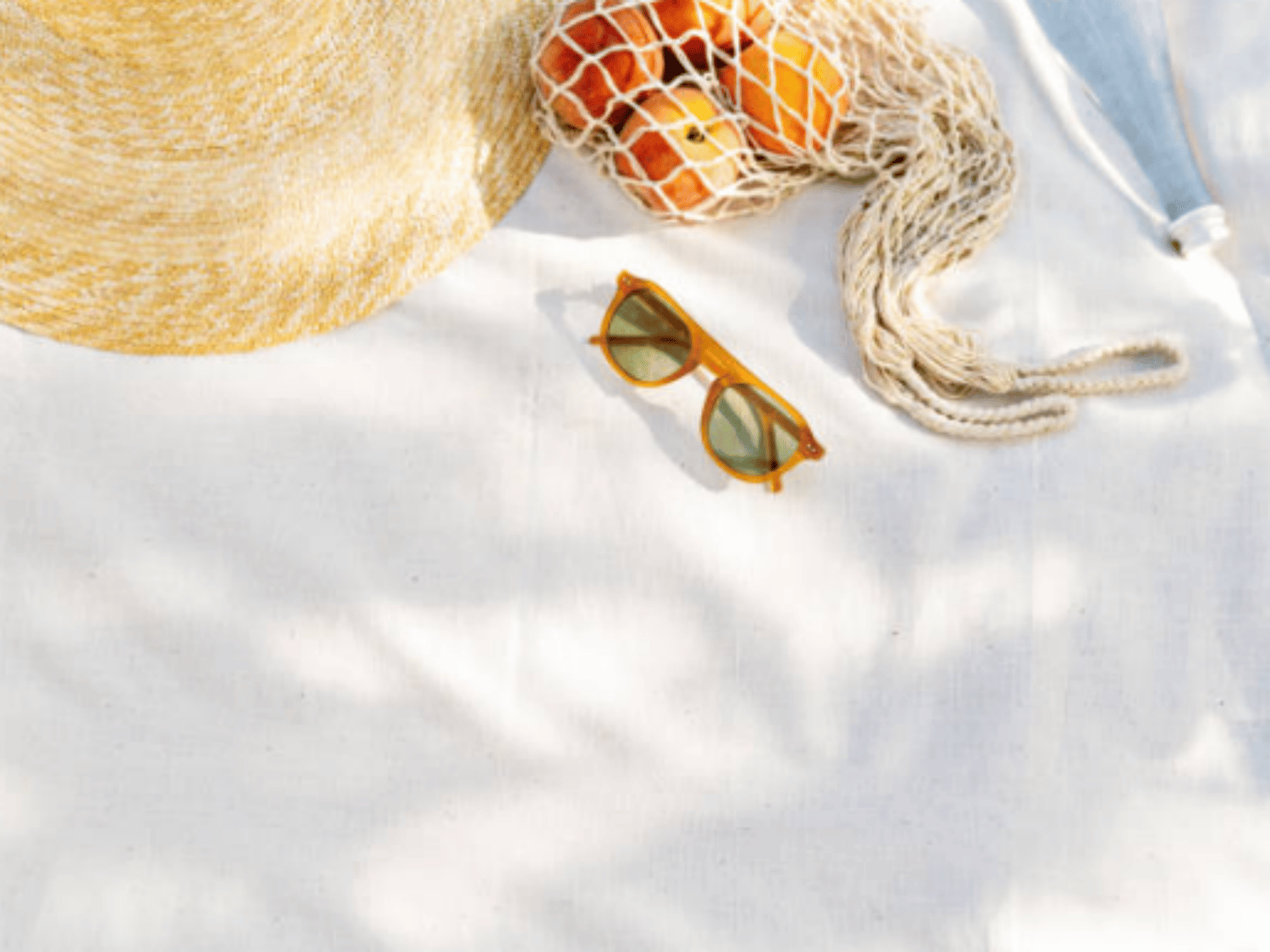Introduction
When it comes to staying cool in hot and humid weather, finding the right clothing can make a significant difference. Cooling fabrics have gained popularity in recent years, offering a comfortable and refreshing experience even in the hottest conditions. But how does cooling fabric work? In this article, we will explore the science behind cooling fabrics and how they can help regulate body temperature. From moisture-wicking properties to innovative technologies, we will delve into the various aspects of cooling fabric to provide you with a comprehensive understanding.
Moisture-Wicking Fabrics
One of the key features of cooling fabrics is their ability to wick away moisture from the body. Moisture-wicking fabrics, such as polyester blends and microfiber materials, are designed to pull sweat away from the skin and onto the surface of the fabric. This allows the moisture to evaporate quickly, keeping you dry and cool. The fabric's construction and composition play a crucial role in its moisture-wicking properties, making it an ideal choice for athletes, outdoor enthusiasts, and anyone looking to beat the heat.
Evaporative Cooling
Evaporative cooling is a natural process that helps regulate body temperature. Cooling fabrics leverage this principle to provide a cooling effect. When moisture on the fabric's surface evaporates, it absorbs heat from your body, creating a cooling sensation. This process is similar to how sweat cools you down when it evaporates from your skin. By enhancing the evaporation rate, cooling fabrics can offer a more efficient cooling effect, helping you stay comfortable even in hot and humid conditions.
Phase Change Materials (PCM)
Phase Change Materials (PCM) are another technology used in cooling fabrics. PCM are substances that can absorb, store, and release heat energy during phase transitions. They can be incorporated into the fabric or used as a coating. PCM-based cooling fabrics work by absorbing excess heat from your body when you are hot and releasing it back when you start to cool down. This helps maintain a more consistent body temperature and provides a cooling effect. PCM-based cooling fabrics are often used in high-performance sports apparel and bedding products to enhance comfort and regulate temperature.
Mesh and Ventilation
In addition to moisture-wicking and evaporative cooling, the design and construction of cooling fabrics also involve mesh and ventilation features. Mesh panels and strategic ventilation zones allow for increased airflow, promoting better breathability and heat dissipation. These features allow heat to escape from your body and fresh air to circulate, preventing the buildup of heat and sweat. By optimizing airflow, cooling fabrics can enhance the cooling effect and provide a more comfortable experience, particularly during physical activities or in hot environments.
Specialized Cooling Technologies
Advancements in textile technology have led to the development of specialized cooling fabrics that go beyond traditional moisture-wicking and evaporation. These fabrics incorporate innovative cooling technologies, such as cooling gel inserts, cooling crystals, or even embedded fans. Cooling gel inserts, often found in clothing accessories like hats or neck wraps, provide a burst of instant coolness when activated. Cooling crystals, on the other hand, absorb water and release it slowly, creating a long-lasting cooling effect. Some high-tech cooling fabrics even feature built-in fans that circulate air to keep you cool. These specialized cooling technologies offer additional options for individuals seeking maximum comfort in hot weather.
UV Protection
Along with keeping you cool, many cooling fabrics also provide UV protection. The same properties that make these fabrics moisture-wicking and breathable also make them effective at blocking harmful UV rays from the sun. This added benefit helps protect your skin from sunburn and reduces the risk of long-term skin damage. Whether you're spending time outdoors or simply going about your daily activities, wearing cooling fabrics with UV protection can contribute to your overall well-being.
Care and Maintenance
To ensure that your cooling fabrics continue to perform optimally, proper care and maintenance are essential. It is recommended to follow the care instructions provided by the manufacturer, as each fabric may have specific requirements. In general, cooling fabrics can be machine washed with cold water and mild detergent. Avoid using bleach or fabric softeners, as they can affect the fabric's performance. Tumble drying on low heat or air drying is usually recommended. By taking care of your cooling fabrics, you can extend their lifespan and enjoy their cooling benefits for longer.
Applications of Cooling Fabrics
Cooling fabrics have a wide range of applications across various industries. In addition to athletic apparel, cooling fabrics are commonly used in bedding, mattresses, pillows, and even car seats. These fabrics provide a cool and comfortable sleeping environment and can help regulate body temperature during sleep. They are also utilized in medical and military settings, where temperature regulation is crucial for patient comfort and performance. As cooling fabric technology continues to advance, we can expect to see even more innovative applications in the future.
Conclusion
Cooling fabrics offer a practical solution for staying cool and comfortable in hot weather. Through moisture-wicking, evaporative cooling, phase change materials, mesh and ventilation features, and specialized cooling technologies, these fabrics help regulate body temperature and enhance comfort. Whether you're an athlete, outdoor enthusiast, or simply someone who wants to beat the heat, cooling fabrics can provide a refreshing experience. With their ability to wick away moisture, promote evaporation, and offer additional benefits like UV protection, cooling fabrics are a valuable addition to your wardrobe. So, the next time you're faced with sweltering temperatures, consider reaching for cooling fabrics to stay cool and comfortable all day long.

